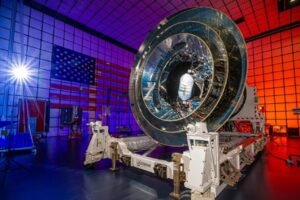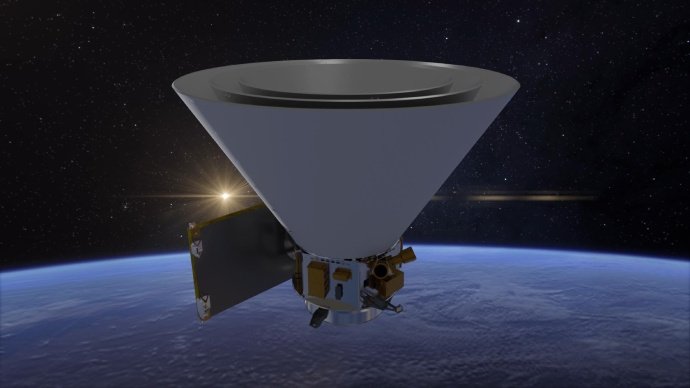The American space agency NASA intends to launch a new telescope that will probably surpass its current James Webb Space (JWS) telescope.
Called SPHEREx (Spectro-Photometer for the History of the Universe, Epoch of Reionisation and Ices Explorer), is scheduled to join NASA’s space telescope initiative this February if plans proceed as expected.
The James Webb Space Telescope (JWST), launched on December 25, 2021, is a collaborative effort between the National Aeronautics and Space Administration (NASA), the European Space Agency (ESA), and the Canadian Space Agency. It is the most extensive and potent space science telescope that has ever been constructed.
While the $10 billion JWST excels at examining particular nebulas and relatively focused yet extraordinarily expansive deep fields, SPHEREx aims to capture images of the entire sky as viewed from Earth, as reported by Space.com.
Resembling a megaphone, the Spectro-Photometer for the History of the Universe, Epoch of Reionization and Ices Explorer (SPHEREx) is an upcoming two-year mission designed to explore the sky in both optical and near-infrared wavelengths, which, while invisible to the naked eye, act as an effective means for addressing cosmic inquiries, as stated by NASA.
ALSO READ: COCOMI Urges Declaration of Narco-Terror Emergency in Northeast
NASA announced that the SPHEREx telescope is set to be launched into space on a SpaceX Falcon 9 rocket following February 27, 2025.

The American space agency stated that astronomers will utilize the mission to collect data on over 450 million galaxies and more than 100 million stars within our Milky Way.
The new telescope was unveiled on January 25 when NASA announced it was prepared for prelaunch activities.
SPHEREx will share its launch with the agency’s PUNCH (Polarimeter to Unify the Corona and Heliosphere) project.
The mission consists of a cluster of 4 small satellites designed to examine the Sun, as a component of Nasa’s Launch Services Programme, which links space missions with suitable commercial launch vehicles.













